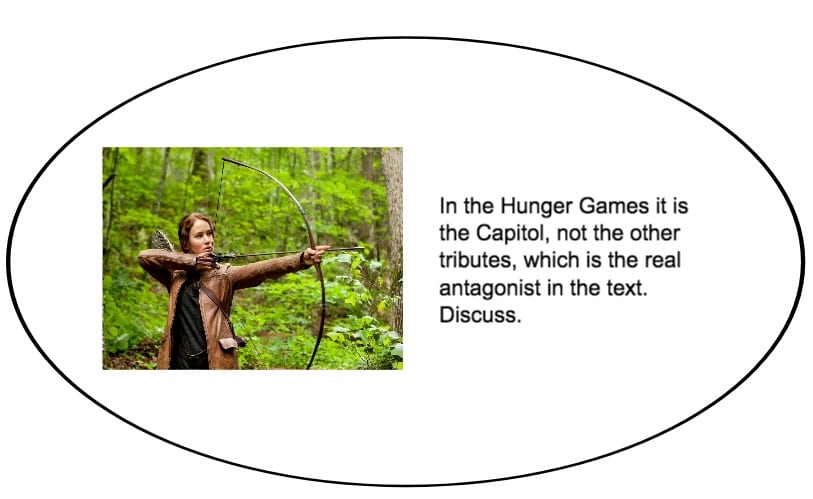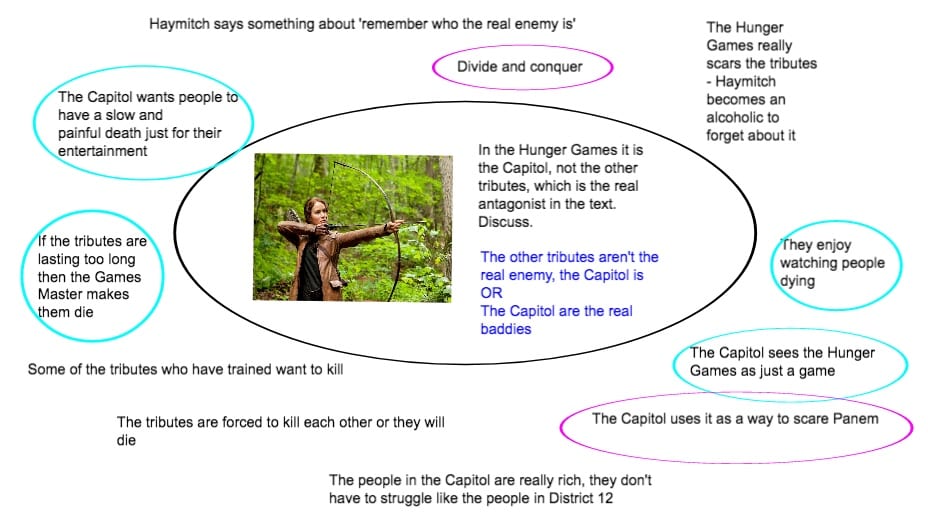Why do you need an essay map? It shows you how to get from “I have no clue” to “I love this essay!”. You wouldn’t jump in a car and just start driving without working out where you were going, but you’d be surprised how often people do that with an essay – they end up wandering around all over the place and spending a lot of time lost and trying to figure out what to do.
An essay map is a whole lot easier. Once you have a good map it’s hard to write a bad essay. It takes a bit longer at the start, but it saves you a time (and stress) overall.
How have you been taught to structure essays at school? STEEL, TEEL, PETAL, PEEL?
These are all slightly different versions of the same thing, and will help you write better paragraphs. But what they don’t tell you is how to put those paragraphs together – it’s possible to write good paragraphs but a bad essay.
Think of the essay like a house, and the paragraphs as the rooms. You don’t usually build a house a room at a time, you plan the whole thing so that it all works together. You need to know what you think about the topic, and then come up with a logical way to say it.

So what rooms are in your house? Well a high school essay is usually 5 paragraphs: an introduction, 3 body paragraphs and a conclusion.
And what holds them all together? The contention/thesis statement/main argument. Everything in the essay needs to help support that argument, or it shouldn’t be there.
The contention goes in the introduction, and summarises the argument you’ll be making in the essay. What’s ESSENTIAL is that it addresses the essay topic or question clearly. To check this I like to imagine that a friend is asking me the question, and I need to give them an answer they won’t think is weird. Let’s try this out with the essay topic we were working with in the last post:

So, imagine your friend asks you “In the Hunger Games, do you think it’s the Capitol or the tributes who are really the bad guys?”, and you say “The Hunger Games are horrible, but Katniss is awesome”. Even though you’re talking about the Hunger Games you haven’t answered their question at all, which is an odd thing to do in a conversation and a great way to fail an essay.
Instead, you could say “It’s deffo the Capitol”, or in essay-speak:
Despite the text centering around the battles in the arena of the Hunger Games, it is the politically repressive Capitol who is the true antagonist of the text.
This answers the question directly, and clearly states what you will be arguing overall. We can do even better though. Let’s look at the brainstorm we did on this topic in the last post:

With a bit of thought we can take these ideas and figure out how we are going to prove that the Capitol is the true antagonist, and then we can include that in our contention, like this:
Despite the text centering around the battles in the arena of the Hunger Games, it is the politically repressive Capitol who is the true antagonist of the text. The Capitol controls the citizens of Panem, and treats them with extreme cruelty. The tributes have few choices, and are deeply affected by the Hunger Games.
This now summarises what we will be arguing in the body paragraphs, and sets up the whole structure of the essay. Usually a contention is one or two sentences long, although it can be three as it is in this example. A great place to put it is at the end of your Introduction.
Not sure how I got from the brainstorm to the contention? Don’t worry! Stay tuned for the next post.




